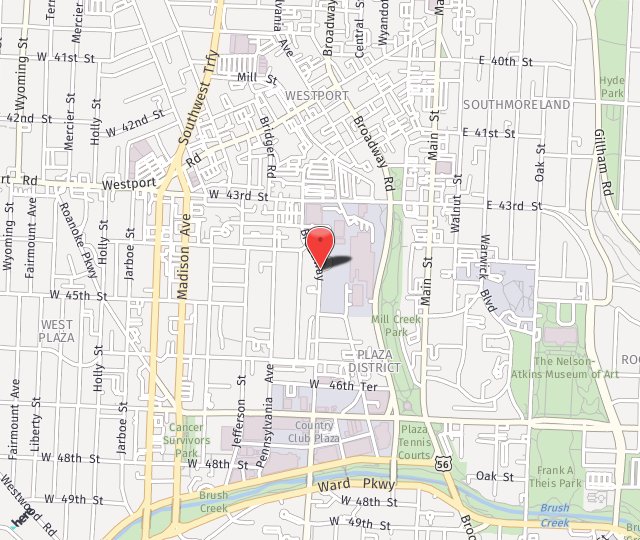FUCHS’ Corneal Dystrophy


The cornea is the clear “window” in the front of the eye that allows light rays to enter the eye. The cornea is composed of three layers – the outer epithelium (or “skin”), a middle area called stroma and a delicate, single celled inner lining called the endothelium. The corneal endothelium functions as a barrier to prevent water inside the eyeball from moving into and swelling the other layers of the cornea.
If the endothelium does not function normally, then water will migrate into the cornea causing swelling. Swelling causes clouding of the cornea, blurring vision; the more corneal swelling or “edema”, the more severely the vision is blurred.
Eventually, the outer corneal layer (epithelium) also takes on water, resulting in pain and more severe vision impairment. Epithelial swelling reduces vision by changing the normal corneal curvature and causes a sight-limiting haze to develop. Epithelial swelling may also accumulate and form small “blisters” on the corneal surface. When these “blisters” burst, extreme pain can occur.
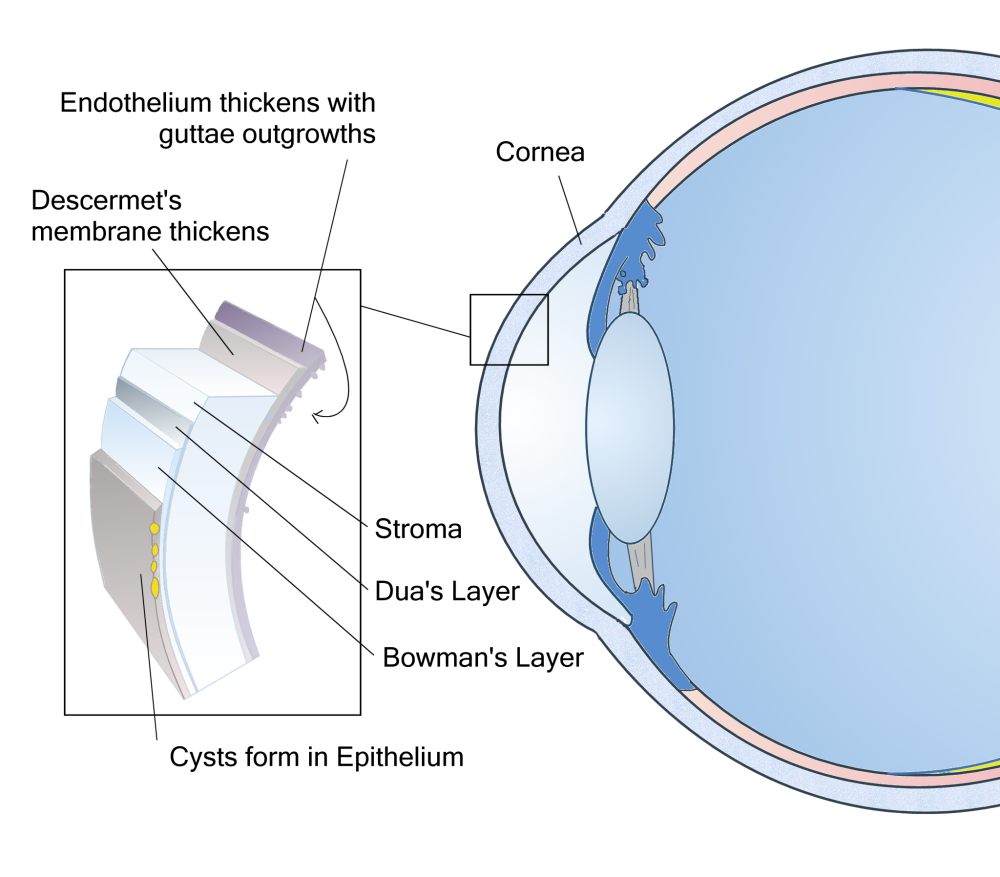


FUCHS’ DYSTROPHY



SIGNS AND SYMPTOMS
In early stages, people with Fuchs’ dystrophy will awaken with blurred vision, which gradually clears over the day. Overnight, with closed eyes, water cannot evaporate from the surface of the eye and accumulates in the cornea, causing swelling which blurs vision. Once the eyes are opened, evaporation reduces the water content and the thickness of the cornea, allowing for clearer vision. In later stages, evaporation is not enough to remove accumulated water in the cornea, and swelling and blurred vision last all day long. Typical complaints among people with Fuchs’ dystrophy include:
- Hazy vision that is often most pronounced in the morning
- Fluctuating vision
- Glare when looking at lights
- Light sensitivity
- Sandy, gritty sensation
- Episodes of sharp, sometimes incapacitating pain
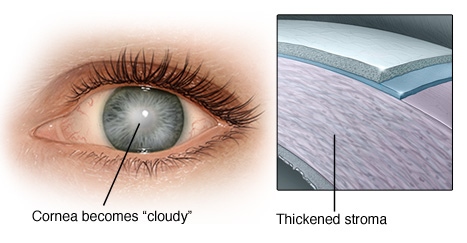


FUCHS’ DYSTROPHY TREATMENT
Fuchs’ dystrophy cannot be cured. Endothelial cells cannot be treated to work better or to become more numerous. However, blurred vision resulting can be controlled with certain medications. Salt solutions (Muro 128 drops or ointment, 2% or 5%) and occasionally steroid eyedrops may be prescribed to draw fluid from the cornea. Steroid eye drops may be helpful in specific situations.
Another simple technique that reduces moisture in the cornea is to hold a hair dryer at arm’s length, blowing air towards the face with the eyes open. This warm air flow increases evaporation of water from the cornea, temporarily decreases swelling, and may improve vision. Often very helpful in early stages, this technique may not be effective when swelling is severe, as in advanced stages.
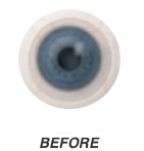


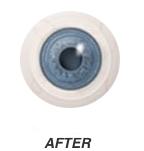


Corneal transplantation is considered when the vision deteriorates to the point that it interferes with daily activities and impairs a person’s ability to function normally. Information about corneal transplantation is available from Dr. Tauber.
FUCHS’ DYSTROPHY IN PATIENTS WITH CATARACT
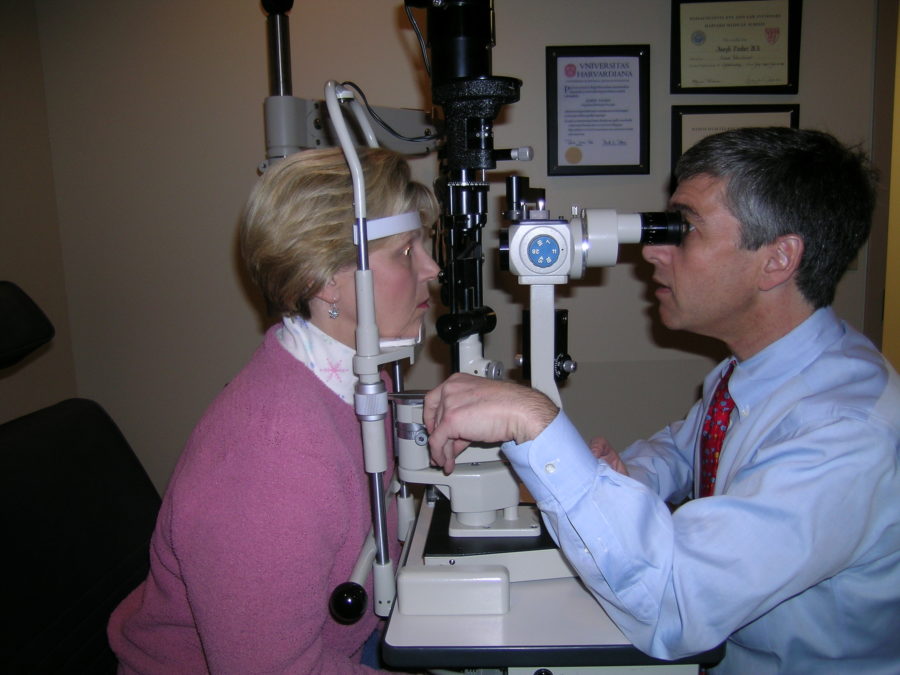


In evaluating reduced vision in patients with both Fuchs’ dystrophy and cataract, the decision to recommend cataract surgery or combined cataract and corneal surgery is based on both objective measurements and the surgeon’s experience and judgment. More details about this combined surgery are available from Dr. Tauber.

